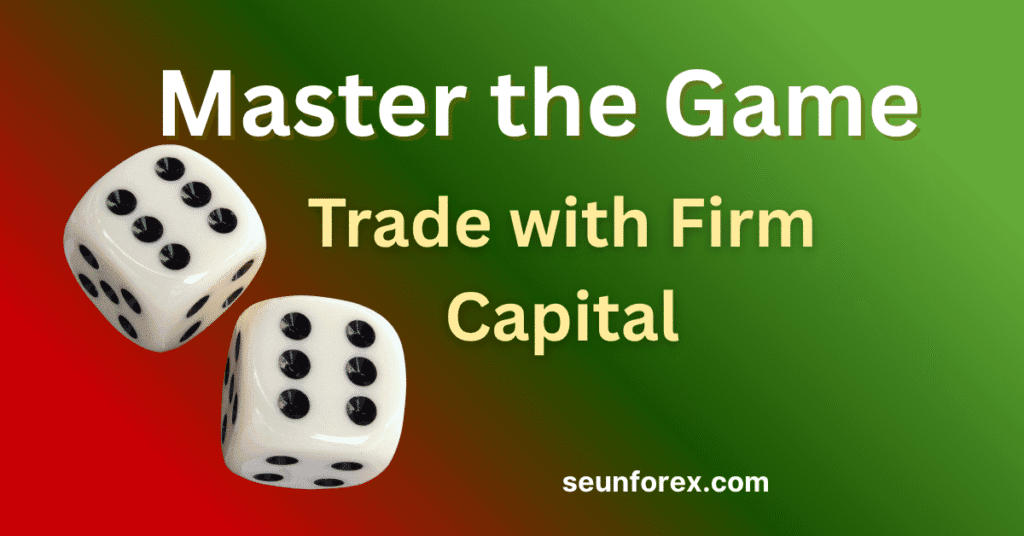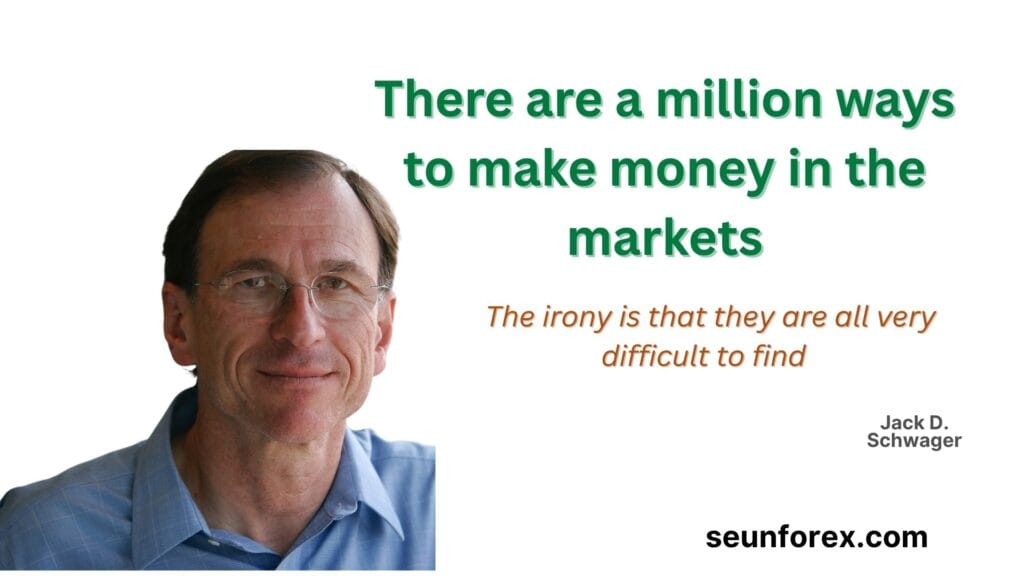
The $1,200 Mistake That Unlocked a $100,000 Account
It was 3 AM, and the glow of the monitor was the only light in Mark’s apartment. He had just broken his number one rule. He’d doubled down on a losing trade, trying to claw back the day’s losses. The GBP/USD chart twitched, then plummeted against him. In 90 seconds, his $5,000 account was gone.
He was a good trader. His journal proved it. For six months, his strategy was 60% accurate with a solid risk-to-reward ratio. But one moment of panic, one emotional lapse, and it was all over. He was out of capital, out of confidence, and out of options.
A week later, a trading buddy made an off-hand comment: “You’re too good to be blowing up your own money. You should let a prop firm pay for your mistakes.”
Mark scoffed. “What, so I can pay them a fee to lose their money instead? Sounds like a scam.”
“No,” his friend replied. “It’s an audition.”
This is the true nature of a proprietary trading firm. It’s not a magical money tree; it’s the most demanding audition of your trading career. This guide isn’t just about defining a prop firm. It’s about pulling back the curtain on the entire ecosystem—the rigorous tryouts, the strict rules, and the profound psychological shift required to trade capital that isn’t technically yours.
Beyond the Jargon: What a Prop Firm Actually Is
Let’s strip away the buzzwords. A proprietary trading firm (prop firm) is, as Investopedia explains, a financial company that uses its own capital to back skilled traders rather than relying on client funds. Their goal is to identify and fund talented individuals who can generate consistent profits.
Think of it like a venture capital firm for traders.
A venture capitalist looks for promising startups with a solid business plan. They provide the capital; the founders provide the sweat and skill. Profits are shared.
A prop firm does the same. They look for traders with a solid, disciplined strategy. The firm provides the capital; the trader provides the execution. Profits are shared, typically with the trader keeping 70% to 90%.
The Core Philosophy:
The firm’s entire business model rests on a simple belief: There are traders who have the skill to be profitable but lack the capital to generate meaningful income. The firm’s job is to find these traders, filter out the gamblers, and build a stable of profitable talent.
This is the fundamental shift in perspective you must make. A prop firm is not your enemy. It is a gatekeeper whose incentives are perfectly aligned with yours—they only make money when you do.
The Three-Act Structure of a Prop Firm Journey
Every trader’s path through a prop firm follows a classic three-act structure. Understanding this narrative is key to your success.
Act I: The Audition (The Evaluation Challenge)
This is the gatekeeper. The evaluation challenge is a simulated trading environment designed to answer one question for the firm: “Can this trader manage risk consistently?”
It’s not about making as much money as possible. It’s about proving you can follow rules under pressure.
Meet Maria: The Disciplined Beginner
Maria, a part-time swing trader, decides to take a $100,000 challenge. The rules are strict:
- Profit Target: 8% ($8,000)
- Maximum Daily Drawdown: 5% ($5,000)
- Maximum Overall Drawdown: 10% ($10,000)
- Time Limit: 30 days
Maria’s strategy is slow and steady. She aims for 2-3 high-probability trades per week. In week one, she makes $1,500. In week two, she has three losing trades in a row, bringing her net profit down to just $200. The pressure mounts.
The old Maria might have started overtrading to “get back to breakeven.” But the new Maria sticks to her plan. She knows the goal isn’t to avoid losses—it’s to manage them. She ends the month with a $8,450 profit, well within all drawdown limits. She passed.
The Hidden Curriculum of the Challenge:
The challenge isn’t just testing your strategy; it’s testing your psychology. The rules are engineered to punish the two most common trader killers:
- Revenge Trading: The daily drawdown limit makes it impossible to dig a deep hole in a single session.
- Over-leveraging: The overall drawdown limit forces you to use sane position sizes.
If you pass, you’ve proven you have the discipline they’re looking for.

Act II: The Big Leagues (The Funded Account)
Passing the challenge is your ticket to the show. You graduate from a simulated account to a live, funded account. The firm’s capital is now on the line.
This is where the psychology shifts again.
The Story of Ben: Facing the Fear of Success
Ben was ecstatic when he got his $200,000 funded account. But on his first day, he froze. Placing a 1-lot trade with his own $1,000 was easy. Placing a 2-lot trade with the firm’s $200,000 felt terrifying. The stakes felt infinitely higher.
He was suffering from what psychologists call “imposter syndrome.” He was afraid that his success in the challenge was a fluke and that he’d be exposed as a fraud.
This is incredibly common. The solution? Ben had to mentally reframe the capital. It wasn’t a massive, terrifying $200,000. It was just a larger tool to execute the exact same strategy that had already been proven to work. He started by trading a single micro lot, just to get comfortable seeing the trades on the live server. Within a week, he was trading his normal size with confidence.
The Profit Split: How You Get Paid
Once you start generating profits, you trigger the payout system. Let’s say Ben’s first month on the funded account nets him $6,000 in profit.
- Account Size: $200,000
- Profit Generated: $6,000
- Profit Split (80/20): Ben keeps 80% ($4,800), the firm keeps 20% ($1,200).
This is the culmination of the process. Your skill has been converted into a tangible income, with the firm’s capital shouldering all the risk.
Act III: The Long Game (Scaling and Sustainability)
The journey doesn’t end with your first payout. The most successful prop traders view this as a long-term career.
Scaling Plans: Many firms offer “scaling plans.” If you are consistently profitable for three months, they might increase your account size to $250,000. After another successful period, it goes to $300,000. Your earning potential grows with your proven consistency.
The Real Challenge: You vs. You
At this stage, the external rules become secondary. The real challenge is internal. Can you avoid complacency? Can you stick to your process when you’re on a winning streak and feel invincible? Can you handle the lifestyle change that comes with a significant new income stream?
This is the ultimate test of a professional.
Navigating the Fine Print: The Unspoken Rules of the Game
To succeed, you must read and internalize the rulebook. These aren’t arbitrary obstacles; they are the framework within which you must operate. For a deeper breakdown of these prop firm regulations and how to use them to your advantage, check out Navigating the Fine Print: The Unspoken Rules of the Game.
- The “Consistency Rule”: Some firms don’t just want you to be profitable; they want you to be consistently profitable. This might mean you cannot have a single day where you earn more than, say, 40% of your total profit target. This rule is designed to catch “lotto” traders who get lucky on one high-risk trade.
- The “Stop-Loss Rule”: Many firms require every trade to have a hard stop-loss in the market. This prevents you from “riding” a losing trade into a drawdown violation, hoping it will turn around.
- The “News Trading” Restriction: Some firms prohibit holding trades during major economic announcements (like the Non-Farm Payrolls report) due to the extreme, unpredictable volatility.
The Golden Rule: The rules are not a suggestion. They are the law of the land. Your first job is not to be profitable; your first job is to be compliant.
Conclusion: Is This Your Path?
The prop firm path is not for the faint of heart. It is a professional track designed for disciplined, process-oriented individuals.
It is FOR YOU if:
- You have a statistically proven, written trading plan.
- You possess iron-clad discipline and emotional control.
- You view trading as a business of risk management.
- You are ready to be held accountable to a higher standard.
It is NOT FOR YOU if:
- You are still searching for a “holy grail” strategy.
- You are prone to emotional, impulsive trading.
- You see the challenge fee as a “buy-in” for easy money.
- You aren’t willing to be a student of the rules.
Mark, from our opening story, eventually passed a challenge. He now trades a $100,000 account. His first payout was for $3,200. The $1,200 mistake that wiped him out was the most expensive—and most valuable—lesson of his life. It taught him what a prop firm already knows: in the markets, capital is abundant, but discipline is priceless.